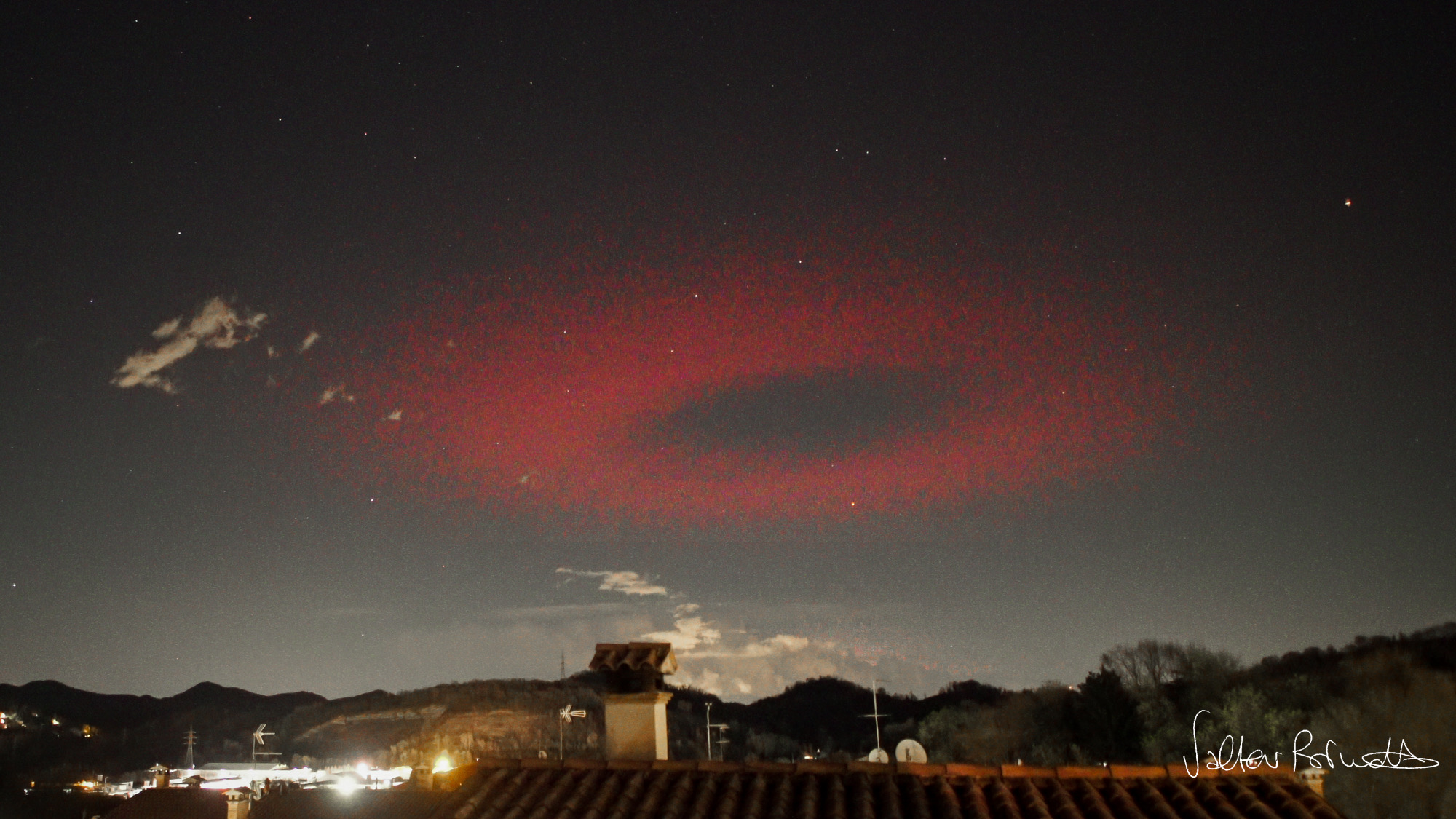Private Asteroid-Hunting Deep Space Telescope to be Unveiled June 28

UPDATE: The B612 Foundation has revealed the details of their asteroid-hunting Sentinel Space Telescope to the world. See the full story, plus images and a gallery, here: World's 1st Private Deep-Space Telescope to Hunt Dangerous Asteroids
A group of scientists will unveil an audacious plan for the first privately funded deep space telescope next week - a mission that aims to map the inner solar system for potentially dangerous asteroids.
On June 28, members of the B612 Foundation will discuss plans to build, launch and operate the Sentinel Space Telescope Mission during a press conference at the Morrison Planetarium at the California Academy of Sciences in San Francisco. The briefing will begin at 11:30 a.m. EDT (1530 GMT) and wrap up at around 2 p.m. EDT (1800 GMT), organization officials said in a media alert.
According to the media alert, the telescope will circle the sun and identify space rocks with orbits that cross Earth. Determining the trajectories of these asteroids will help protect Earth from cataclysmic impacts and will also help mission planners chart future expeditions deeper into the solar system.
"Mapping the great unknown of the inner solar system is the first step to opening up this next frontier," organization officials said in a statement. "The B612 Foundation believes that humanity can harness the power of science and technology to protect the future of civilization on this planet, while extending our reach into the solar system."
The scheduled speakers will include:
- Ed Lu, B612 Foundation chairman and CEO, former space shuttle, Soyuz and space station astronaut
- Rusty Schweickart, chairman emeritus, Apollo 9 lunar module pilot
- Scott Hubbard, project architect from Stanford University, former director of NASA Ames Research Center in Moffett Field, Calif.
- Harold Reitsema, mission director, former director of science mission development at Ball Aerospace
NASA and other teams of astronomers regularly use telescopes to monitor the sky for asteroids that could pose a threat to Earth. Experts have said that while giant asteroids could pose a global threat to our planet, even a larger space rock measuring about 460 feet wide (140 meters) could create widespread destruction at its impact point.
Breaking space news, the latest updates on rocket launches, skywatching events and more!
Last year, NASA scientists announced that they had successfully tracked about 90 percent of the largest asteroids in orbits that approach near Earth.
Data from NASA's infrared WISE space telescope allowed astronomers to estimate that there are about 981 asteroids the size of a mountain or larger on paths that come near Earth. About 911 of those asteroids have been tracked, researchers said.
Follow SPACE.com on Twitter @Spacedotcom. We're also on Facebook and Google+.

Space.com is the premier source of space exploration, innovation and astronomy news, chronicling (and celebrating) humanity's ongoing expansion across the final frontier. Originally founded in 1999, Space.com is, and always has been, the passion of writers and editors who are space fans and also trained journalists. Our current news team consists of Editor-in-Chief Tariq Malik; Editor Hanneke Weitering, Senior Space Writer Mike Wall; Senior Writer Meghan Bartels; Senior Writer Chelsea Gohd, Senior Writer Tereza Pultarova and Staff Writer Alexander Cox, focusing on e-commerce. Senior Producer Steve Spaleta oversees our space videos, with Diana Whitcroft as our Social Media Editor.

